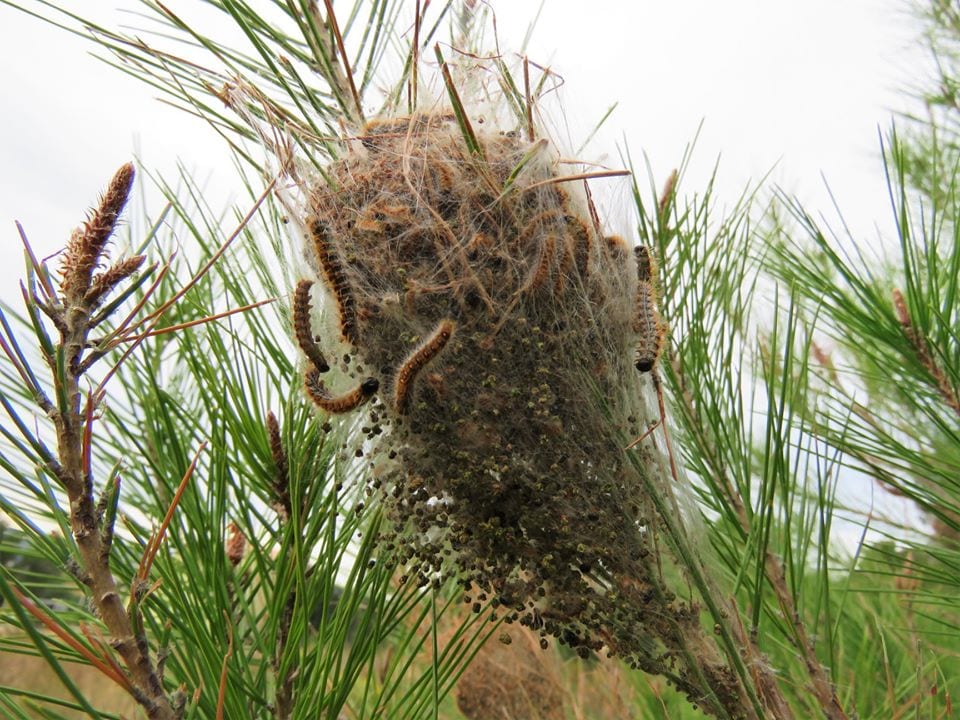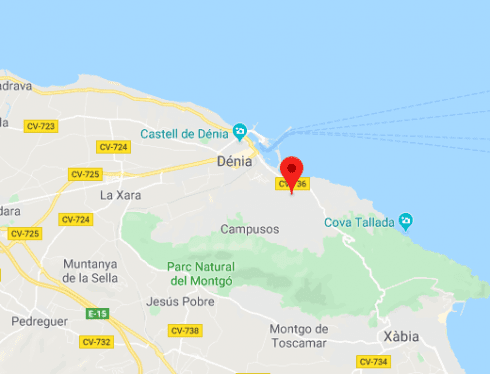AN ENTOMOLOGIST has warned that lethal caterpillars capable of injuring children and killing pets could hit forest floors as early as next month.
The pine processionary caterpillar has venomous hairs that can provoke severe allergic reactions in humans, as well as skin irritation and eye damage.
When sniffed of eaten by dogs, barbed hairs containing the deadly protein thaumetopoeine can cause necrosis of the tongue, breathing problems and even death.
The caterpillars are notorious for their web-like nests in trees and for walking single-file across the forest floor – a behaviour that Dutch entomologist Silvia Hellingman has said could begin within the next month.

“The problems with the caterpillars are expected to start from the third week of January until the end of February,” Hellingman, based in Javea on the Costa Blanca, told the Olive Press.
“They are not dangerous now, unless disturbed.”
Hellingman urged concerned expats to check their gardens and remove any branches with pine processionary nests safely into plastic bags.
The insect expert, who has been studying pine processionaries for nine years, said stemtraps could also be placed around the trunks to catch the lethal caterpillars as they begin to descend.
“Towards the end of January, avoid any pine trees,” Hellingman said.
“Look carefully around the areas where you walk your dogs, as they could smell the nests and get hurt.
“Also attention the caterpillars don’t fall in swimming pools – it causes severe problems.”

A dog-lover previously told the Olive Press how he watched his beloved pet die in agony after sniffing one of the caterpillars.

English expat Paul Dobson, 55, could do nothing to save his rottweiler, Louis (pictured), after he was fatally poisoned by processionary caterpillars in Velez-Malaga.
Despite three days in intensive care, Louis died from eating the poisonous larvae, which are very active in pine forests during winter months.
“I found my beloved rottie suffocating on his own tongue. He was slobbering profusely and vomiting everywhere,” Dobson said.
“If your dog shows these symptoms get them to a vet. Don’t wait and see what happens, do not waste time ringing, just go!”
READ MORE: Drones used for ‘first time’ in battle against toxic caterpillars on Costa Blanca









